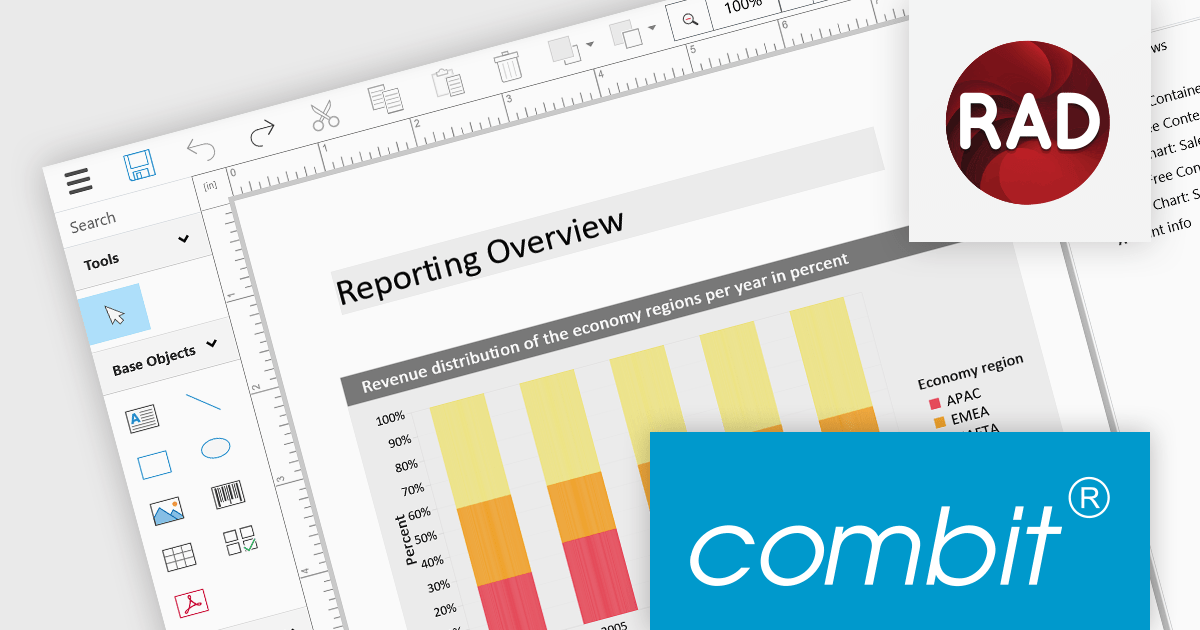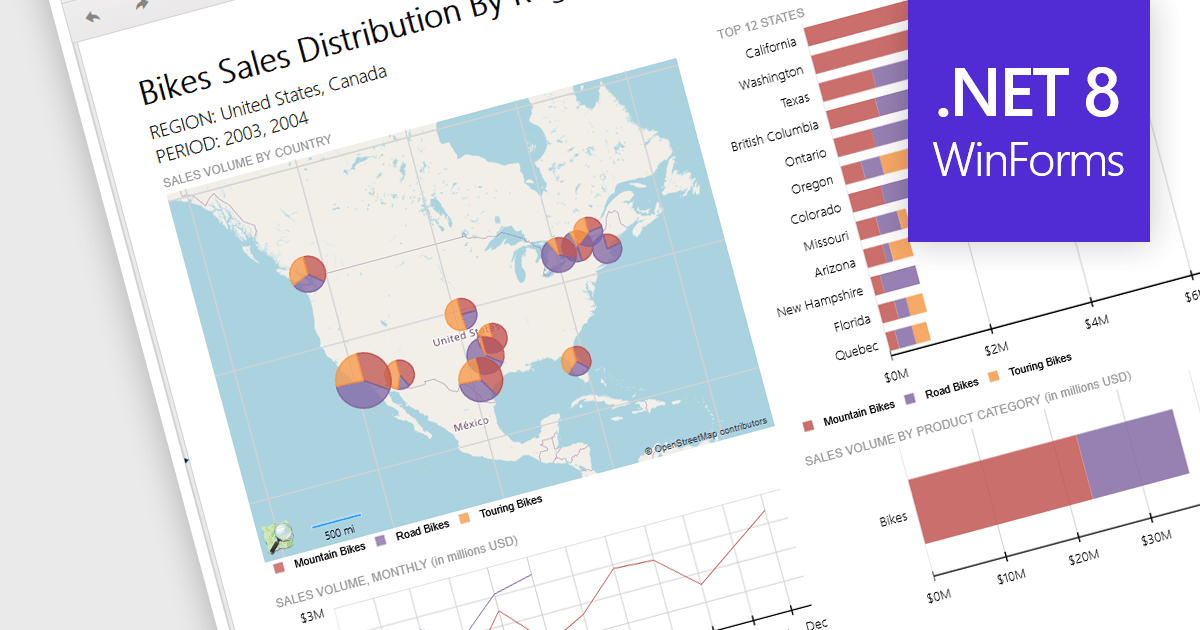公式サプライヤー
公式および認定ディストリビューターとして200社以上の開発元から正規ライセンスを直接ご提供いたします。
当社のすべてのブランドをご覧ください。

Barcodes are embedded machine-readable symbols that encode data points directly within reports. This allows developers to streamline data tracking and integration with external systems by providing a scannable representation of key information alongside the human-readable report. Scanning barcodes enables quick and easy data capture instead of error prone manual data entry. Embedded barcodes allow for effortless item identification and tracking throughout processes like supply chain management or inventory control. Users can instantly access detailed information associated with the encoded data, streamlining information retrieval.
Several .NET Reporting controls include Barcodes including:
For an in-depth analysis of features and price, visit our comparison of .NET Reporting Controls.

FastReport VCL is a reporting tool for developers using Delphi, C++Builder, and RAD Studio. It simplifies creating reports like invoices, labels, and data visualizations within your applications. FastReport offers a visual designer for easy report creation, supports various data sources, and allows for data encryption to ensure security. This lets developers easily integrate powerful reporting functionality into their software without needing to build it from scratch.
The FastReport VCL 2024.2 update expands its geographic data visualization capabilities with support for GeoJSON and TopoJSON formats. This allows you to incorporate maps and geospatial data directly into your reports, enhancing your ability to communicate geographic trends, distributions, and patterns with greater clarity and precision.
To see a full list of what's new in 2024.2, see our release notes.
FastReport VCL is licensed per named user and is available as a Perpetual license with 1 year of technical support and product updates. See our FastReport VCL licensing page for full details.
For more information, see our FastReport VCL product page.

Charting support within a reporting component refers to the functionality that enables data visualization through charts and graphs. This integration offers several advantages for developers. By leveraging built-in charting capabilities, developers can streamline the reporting process, reducing the need for manual chart creation and improving report clarity and interactivity for end users. This not only saves development time but also fosters a more intuitive user experience for data exploration and analysis.
Several Vue.js reporting components support charts including:
For an in-depth analysis of features and price, visit our Vue.js Reporting Components comparison.

List & Label by combit is a software development toolkit that empowers software developers to integrate comprehensive reporting functionalities into their desktop, web, and cloud applications. It offers features such as data binding, complex data visualization, and a user-friendly report designer, along with printing, exporting, and previewing capabilities. List & Label operates independently of programming languages and data sources, providing developers with the flexibility to design and deliver informative reports within their development environment.
The List & Label 29.002 service pack adds support for Embarcadero RAD Studio 12.1. This compatibility allows developers to utilize List & Label’s VCL components with the new version of RAD Studio to seamlessly integrate its reporting functionalities into their RAD Studio projects. This support enhances the development experience for users creating Windows reporting applications using the RAD Studio IDE.
To see a full list of what's new in 29.002, see our release notes.
List & Label is licensed per developer and is available as an annual license with 1 year support. See our List & Label licensing page for full details.
List & Label is available in the following products:

Reporting controls with map support empower developers to create insightful reports by visualizing location-based data. This functionality allows overlaying diverse datasets directly onto geographic layouts, facilitating spatial analysis and revealing patterns that might be hidden in traditional tables or charts. By integrating maps, reports become more interactive, engaging users and enabling location-specific data exploration. This ultimately enhances decision-making by providing clear and immediate visual insights into the geographical distribution of data. Maps offer a more intuitive way to communicate complex datasets, particularly valuable for demographics, regional sales, resource allocation, or any scenario where geographical context is crucial.
Several .NET 8 WinForms reporting controls offer maps, including:
For an in-depth analysis of features and price, visit our comparison of .NET 8 WinForms reporting controls.